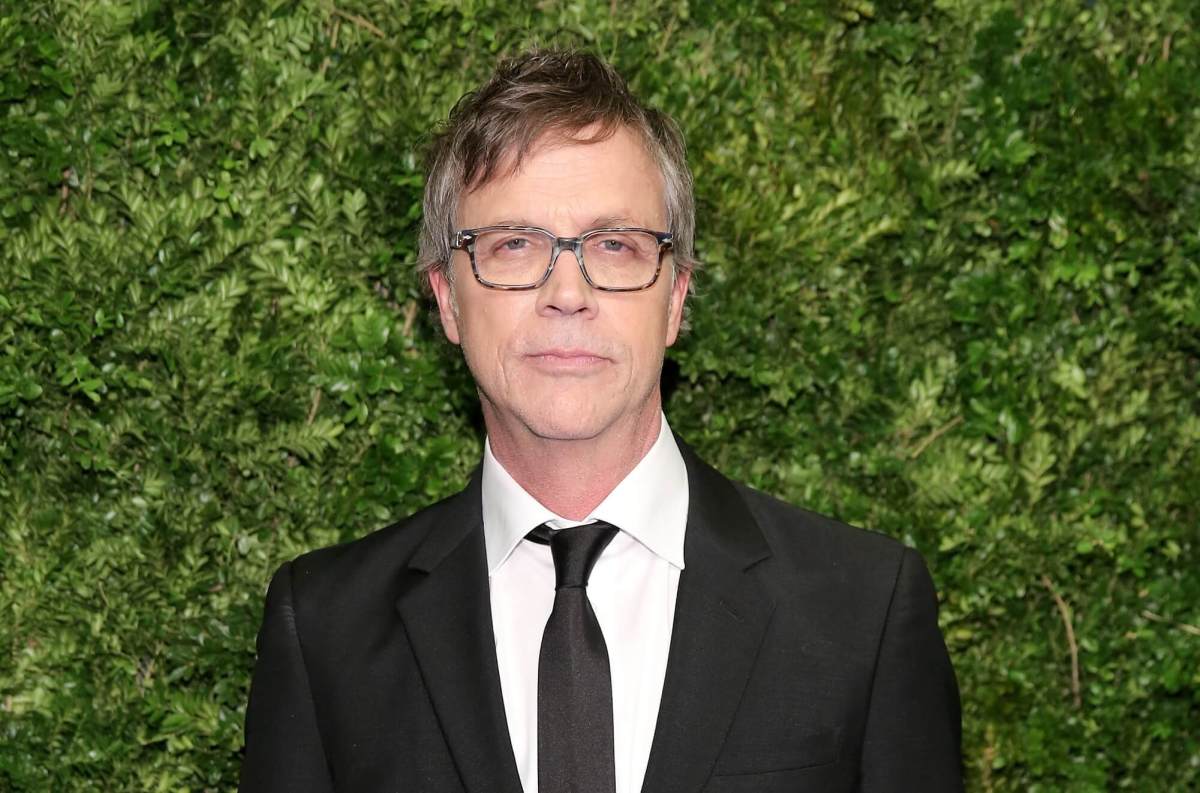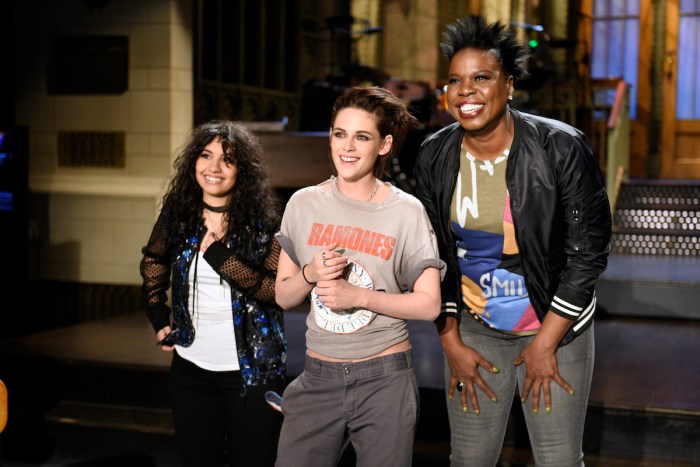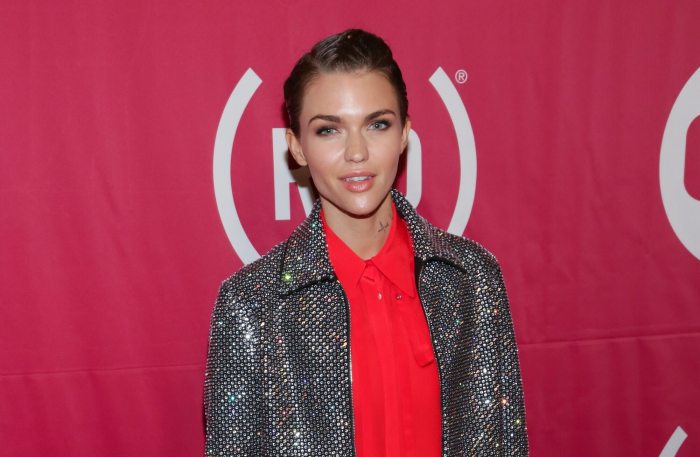Filmmaker Todd Haynes has a knack for exploring romance society frowns upon in films like “Far From Heaven” and “Velvet Goldmine.” His latest, the sumptuous “Carol,” chronicles the doomed love affair between a well-heeled housewife (Cate Blanchett) and a shop girl and aspiring photographer (Rooney Mara). Drawing a line between this film and “Far From Heaven” and even “Velvet Goldmine,” I was curious about your attraction to stories about sexuality in specific 20th century time periods. RELATED:Review: ‘Carol’ is Todd Haynes’ detached but passionate look at women in love I would even draw a line between the lesbian relationship in “Carol” and the interracial relationship in “Far From Heaven.” What is it for you about the 1950s that you keep coming back to? RELATED:Fall Movie Preview: All the films to watch this season How planned out were the more atmospheric, impressionistic images in this? While you’re female leads are perfectly cast, let’s talk about Kyle Chandler, who seems like he’s actually right out of the 1950s. RELATED:Stream This: Todd Haynes’ underrated glam fantasia ‘Velvet Goldmine’ And Cate can obviously go anywhere. What was the process of building that character with her? Follow Ned Ehrbar on Twitter:@nedrick
It’s definitely marked by all three of those movies in different ways. Maybe with the exception of “Velvet Goldmine” that was never the first driving or motivating intention or curiosity. For “Far From Heaven,” it was very much how a woman would have to shoulder the burden of the family while a sort of unimaginable or scandalous kind of event would happen. She’d be in the curious position of having to hide to protect the family from that. And in the case of “Carol,” it was really something just even more primary to gay love that was just about love. I just think it was such a beautiful novel about the delirium of falling in love and how much it casts you out of the world and into this tunnel of the unknown and of a state of reading every sign and symbol for what it portends to your fate, you know? And in a way, it doesn’t matter what the sex — yours or the person you’re falling in love with. It’s just that crazy experience. And it’s almost like once that person accepts your love and returns it — which happens in “Carol” for Therese — then all of a sudden you feel like the two women are like, “OK! We’re going to take on the world now. The first problem has been answered — my love has been returned — and now I can stand up and be counted for whatever kind of love it is.” But the first question is, “Do they love me back?” Whereas with “Velvet Goldmine,” it was so much about this unbelievable accident of popular culture that made androgyny, bisexuality, this whole other language of offered up identities for young people to get into. All of a sudden it was like, what happened? The whole world exploded, and it’s on the airwaves — especially if you’re in England. So in that case it really was the gay component, the queer component, right up front.
Oh yeah, yes, exactly. I remember after doing “Velvet Goldmine” being utterly exhausted and telling myself, “All right, next movie you don’t have to take on the entire universe.” And then of course I do race, sexuality and gender in one little tight knot set in Hartford, Connecticut. It was definitely a lot of big themes all rolled up into one.
I don’t know if that was a pull toward “Carol.” I think it was just that it came with the circumstances of the story and the novel and its own history. There was no reason to change the period to something else. It was exactly the time when Patricia Highsmith happened to be temping at Bloomingdale’s on the doll floor and this very handsome woman walked in and swept her off her feet and propelled her into a fever state — she got really sick with chicken pox and conjured the entire story of “Price of Salt” in a week. This is right after she’d sold her first novel, “Strangers on a Train,” to Alfred Hitchcock. But it didn’t turn me off that it was the same decade as “Far From Heaven,” and in fact I found as I started to research it that it’s such a different 1950s, the beginning of that decade. It didn’t resemble the high-gloss, Eisenhower ’50s that we attribute to the period. A lot of that attribution comes also from the movies of the time, and that’s what I was looking at for “Far From Heaven.” And in this case I was really looking at the time and not the movies of the time. And the time showed this really dirty, tired New York City — trash on the streets and sagging building-fronts and people who looked disheveled and kind of soiled, and the color palate was soiled. The whole climate felt very pre-Eisenhower, very post-war. So I liked that because it was a very different ’50s, and one that I didn’t know much about or couldn’t really put my finger on.
Everything was really planned, partly because it’s just sort of the way I work. Also it just comes with the requirements of a period film, where everything that’s in the frame has to be considered. But that being said, in this film — unlike “Far From Heaven” and in a different way from “Mildred Pierce” — we really were looking at the quality of natural light. It’s really beautiful and distorting and sort of underscores a subjective point of reference. So that was something we were trying to embrace as much as possible. Not all of it was natural lighting, since [cinematographer] Ed [Lachman] likes to feel a little more in control of the apparatus and the conditions. If the light changes, he’ll panic. (laughs) He’s very meticulous about stuff like that. But the feel is that. That’s what we were looking for.
I know! I mean, it started with just the unique and specific challenge of casting a man opposite Cate, because there just aren’t a lot of guys who aren’t a lot older than her who can really balance her in their leverage, basically. A lot of guys in her age range are like those aging boys with baseball caps. That’s sort of the vogue or what people hang onto. And Kyle is like a grownup guy. He’s more like the old-school Hollywood movie star — just in temperament and body type and all those things — and that really worked. It started there, but I didn’t really anticipate how well he’d fit the clothes. (laughs) It is kind of uncanny. He looks really, really great in that period.
It’s really just about talking about all of these things, sharing all of the visual materials that I’m putting together for the creative team — those are also relevant to the actors and meaningful to them. Being very closely involved in the process of the wig, the styling of the hair, the clothes — the shoes, the stockings, the girdles — all of those things inform who these women are and how they move and how they behave and what their constraints are materially and symbolically at this time in history. So I think it’s just being as attentive to all the details. We also had about two weeks of rehearsal to spend, which is not always the case. It was so great just to have that time together around the table with the script.
Todd Haynes heads back to the 20th century with ‘Carol’

Getty Images


















